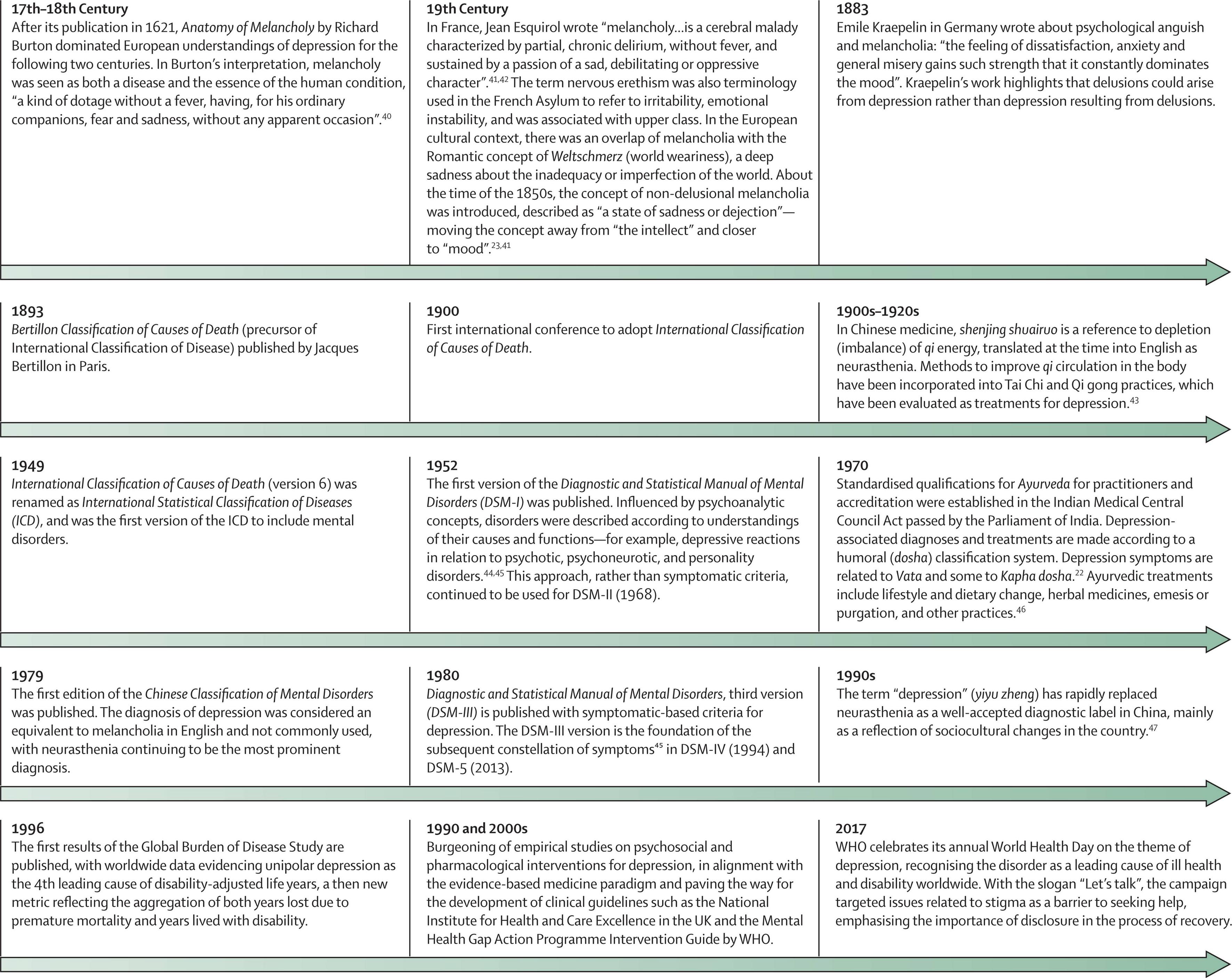
Many people have begun to seriously consider becoming Doomsday Preppers. They are like-minded, a little crazy, but not insane. In fact, most of them have been doing this for years. Here are some of their reasons to be Doomsday Prepared: They don’t care about other people. And they certainly aren’t worried about climate. They just want their life and way of thinking to be preserved. They're making bullets, building faraday cages to protect electronics, and buying mountain hideaways as bug-out locations.
The greatest problem with prepper communities is their inability to prepare for a disaster. Prepper communities expect that a variety of circumstances will lead to disaster. They're expecting major "resets", like nuclear war or an electromagnetic pulse from a powerful sun. And they're also preparing for lower-level crises, such as droughts and wildfires.

Another example of a Doomsday Prepper's lifestyle is the extreme and unique preparations they have made. Bryan Smith, for instance, has a bunker beneath his house that can withstand any type of nuclear attack. He also spent millions on a generator that can run on alcohol. He can power his bunker from five sources, including solar, wind and hydropower.
The show is based in interviews with real-life doomsday preppers. In the first episode, he interviews a Doomsday Prepper with his wife and discusses their preparations for the worst. A 'prepper' means someone who is willing and able to take on the risk of disaster. In the second episode, his family prepares for an earthquake.
Season 2: Brad and his family prepare for an economic crash by building a bunker within their backyard. Kevin Barber is another prepper who has a unique way to escape the apocalypse. The episode is a summary of Season 2. On a similar note, the show features a diverse group of Doomsday Preppers, each preparing for different types of disasters. While some of them may have better chances than others, the overall success rate for these preparedness plans is far higher than the average person.

Doomsday Preppers are people who believe that an emergency is imminent. They prepare for such an event by building bunkers and stockpiling supplies. They adhere to a survivalist ideology. They find other preppers who share their beliefs. These people are called doomsday preparers. The term "preppers" derives its name from the word "prepper". The term "preppers" means "preppers".
One woman, who was preparing for a Pandemic, was shown hoarding food items and other supplies. Because she was short of supplies, she sold them after a week. In order to make more, she decided that they should be sold at a profit. Despite not receiving any support from the TV series, many doomsday preppers don't seem able to make a profit. They are dependent on donations from close friends and family.
FAQ
How many Americans are avid rifle hunters in the US
According to estimates, around 2,000,000 hunters use rifles for hunting deer, elk, and moose annually.
The majority of these hunters are male, between 18 and 55 years old, and from rural areas.
They hunt solo, often using either a crossbow and a bow.
The most popular hunter is whitetail deer (68%), followed by mule and black deer (13%) and bears (10%)
There is not a national data set on how many women are involved in hunting, but there is evidence that this activity is growing.
Where can I get a gun?
You can find gun stores all across the country. They sell everything you need, from starter guns to the most expensive weapons.
Some gun shops sell firearms only. These stores have knowledgeable staff members that can help customers choose the right gun.
You can find our guide to handguns if you are looking to purchase a new firearm.
What kind of training do I need to become a hunter? How long does it take?
You must take a basic course to learn how to hunt. This course will help you learn about different game types and the laws that surround hunting.
You will learn how you can safely use ammunition and firearms. These items can also be used safely.
This course can take anywhere from two to three weeks. Online courses may be offered for some courses. Other courses are available in person.
A written test must be passed to become eligible for a licence. You may also need evidence that you have taken a hunter-education course.
How much does it cost to get licensed? What if I don't have enough money?
Costs for getting licensed vary depending on which state you are in. The cost of licensing can range from $20 to more than $100.
You may be able apply for a loan or grant if money is tight.
You will also need to pay a tag. The price of tags varies depending on the game you are hunting.
You can get tags for deer and elk, bear, bison, moose, waterfowls, upland birds, and furbearers such as foxes.
You may need to register with the Department of Natural Resources in some states before you can get a license.
Before you go out hunting, make sure you check all local regulations.
Statistics
- - Percent of residents with paid hunting licenses: 0.7%- (stacker.com)
- According to the Wildlife Restoration Act, passed in 1937, most of the state conservation efforts are funded through hunting and fishing license sales and firearms sales. (stacker.com)
- Indiana, for example, saw a 28% jump in turkey license sales during the first week of the season. (stacker.com)
- Over the past 50 years, the number of hunting licenses in California has been on a rapid decline, falling 70% from more than 760,000 in the 1970s to under 268,000 in 2020—even as the state's population has skyrocketed, according to The Mercury News. (stacker.com)
External Links
How To
How to choose the best hunting spots in a forest
The first thing we should do when looking for good places to hunt is to know what kind of game we want to hunt. There are many types of wildlife and birds that live within forests. If you don't know what kind of animal you want to hunt, there won't be any places where they can be caught.
The forest is home to two types of animals: small mammals and large mammals. The large mammals are deer, elks and moose as well as caribou, bears, wolves, wild boar, and caribou. Small animals include squirrels, rabbits and hares. Each species has its own habitat so it is important to choose the right spot before you venture out into the woods. Check the online flora/fauna listing for your area to find endangered species near you. You should ensure that you are not poaching in the area where you intend to hunt a particular species.
If you decide to hunt a particular species, then you'll need to know how to properly set up your equipment. Use the right equipment to maximize your chances of success. For example, if you're hunting a rabbit, you'll need a gun that shoots accurately at close range, while if you're hunting a larger animal such as a deer, you'll need a rifle capable of shooting long distances. To attract prey, you will need some kind of bait. Some people suggest placing meat in a trap to attract the animal. Others prefer corn butter or peanut butter. Whatever method you use to hunt, ensure you comply with all laws in your country.
You need to consider many factors when choosing a hunting location, including weather conditions, terrain, vegetation and wildlife population. Safety is paramount when choosing a hunting spot. It is important to choose a safe hunting area that is free of predators and other dangerous animals. You should avoid areas with high populations, especially during hunting season. You should also take note of the seasons when hunting because this will help you determine the best times to hunt.
The weather is also important when you are choosing a hunting spot. This is vital as it affects the number and species of animals that are likely to be present. The ground is covered in snow when the temperature drops to below zero Celsius. Deer, bears, wolves, and coyotes tend to hide under the thick layer of snow, making it difficult to track them down. If you have a clear day, however, you may be able to spot these animals. In summer, temperatures can reach 30 degrees Celsius and the sun heats the earth. Animals seek shelter in the heat and move away from it to make it easier to locate.
The terrain should be considered as well. The terrain should be considered. A flat surface is easy to navigate and run over, while uneven surfaces require more effort. Steep slopes are more difficult to climb. Rivers and streams can also cause muddy trails. So that you can navigate the area easily, try to find a spot without any obstacles.
You should look at the vegetation as well as the terrain. The environment can affect the size and density of plants. For smaller animals, large trees can provide shade and cover while shrubs or bushes can offer shelter. Dense vegetation is the best option if you are looking for large animals.
The amount of wildlife should be taken into consideration. The United States alone has over 100 million deer. They eat nearly half of all food produced by crops and are essential to maintaining biodiversity. If the population grows, it could cause problems for the ecosystem and make them pests. It's vital to balance the population.